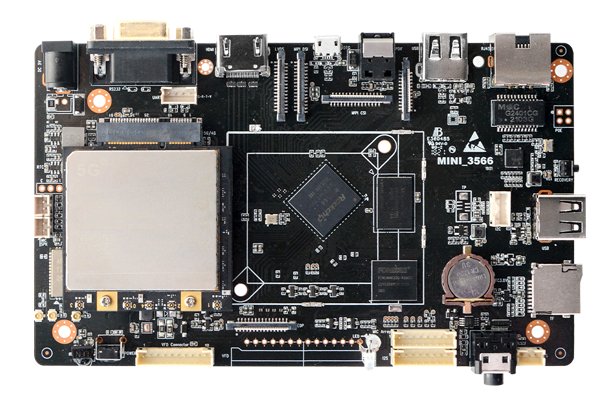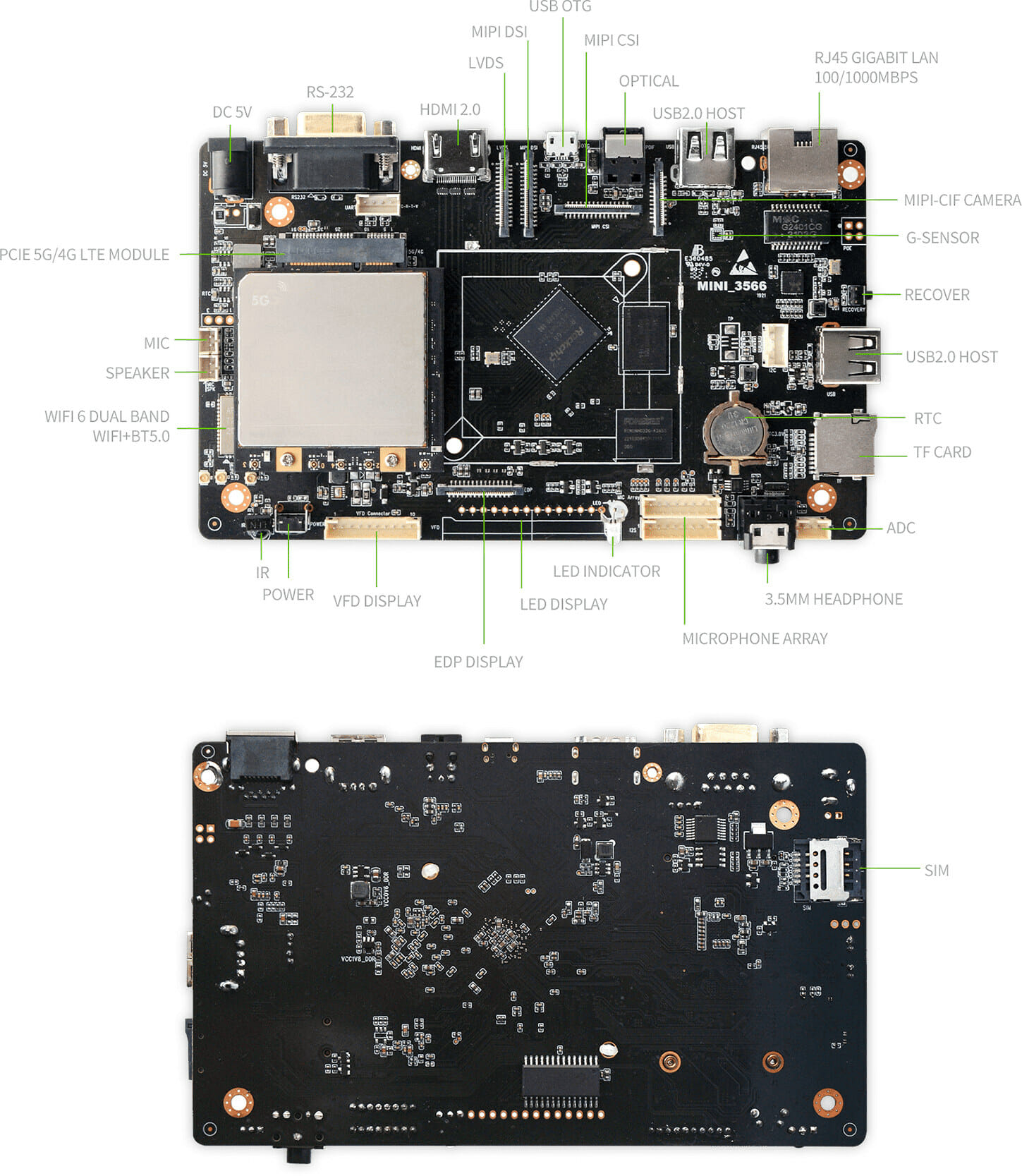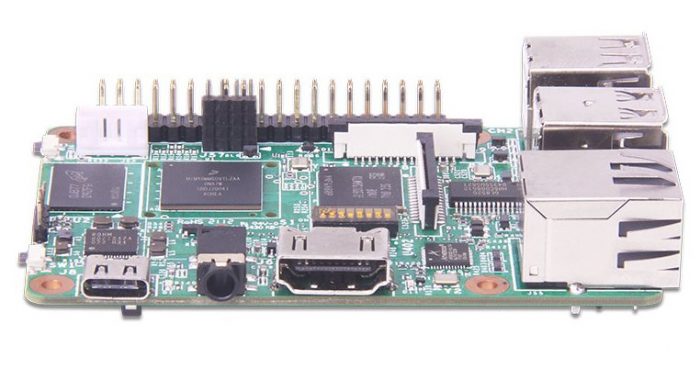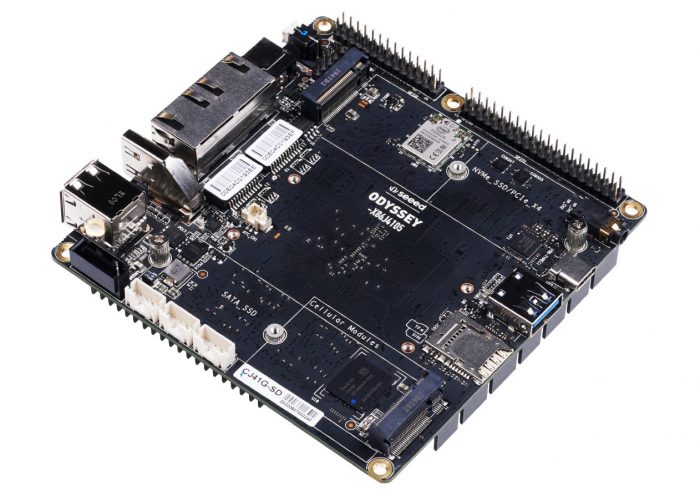Single-board devices that have appeared on sale relatively recently, which are worth paying attention to

Single board computers can be used for a wide variety of purposes, from hobbyists to professional. Single-board devices continue to gain popularity, developers produce both relatively complex and very sophisticated models. We will talk about some of them that appeared on sale a few weeks / months ago.
Zidoo M6

This model is based on a quad-core ARM Cortex-A55 processor. The maximum amount of RAM is 8 GB, the system is also equipped with a good set of ports and connectors.
The developers have provided gigabit Ethernet, WiFi 6 and Bluetooth 5.0 for this board, plus optional support for 5G or 4G LTE thanks to the presence of a mini-PCIe socket and a SIM card slot.
Full list of characteristics:
- Processor: RK3566 (1.8 GHz ARM Cortex-A55 quad-core CPU with Mali-G52 g and AI accelerator)
- RAM: 2GB / 4GB / 8GB LPDDR4
- Memory: 32GB / 64GB / 128GB eMMC
- Image Output: HDMI 2.0, MIPI DSI, eDP, LVDS
- Audio: 3.5mm audio jack, S / PDIF, HDM
- Camera: MIP CSI and MIPI CIF
- Network: Gigabit Ethernet (RJ45), WiFi 6, Bluetooth 5, optional 4G LTE / 5G
- USB: 2 x USB 2.0 and 1 x micro USB OTG
- Additional ports: RS-232
- Power supply: DC (5V / 2A input)
- Bonuses: IR, LED for displaying work status

Issued
system in two versions – in the form of a mini-PC and a simple board without accessories. The company said the system supports multiple operating systems, including Android 11 and Ubuntu 18.04.
Geniatech XPI-iMX8MM

And here we have a completely different board – this is a clone of Raspberry Pi 4. True, this clone is somewhat strange, because with almost the same set of features as the “raspberry”, the system costs about 3 times more than the original (we are talking about Raspberry Pi 4). At the same time, the dimensions are the same, the set of ports is the same, plus there is a similar 40-pin GPIO connector.
Specifications:
- 1 x HDMI 1.4 (1080p @ 60Hz or 4K @ 30Hz)
- 1 x 3.5mm AV output
- 1 x Gigabit Ethernet
- 4 x USB 2.0 Type-A
- 1 x USB Type-C
- 1 x microSD card reader
There are also MIPI-CSI and MIPI-DSI connectors for cameras and / or displays. Supports this single board Linux, FreeRTOS, Yocto.
Overall, a bit of a strange system, but perhaps it will find its audience.
Single-board devices, good and different, is a very interesting topic, but we have other articles, check it out – we are talking about:
→ Small “raspberries” in a large data center
→ Dynamic UPSs in data centers: how we installed Piller CPM300 double conversion
→ Disassembly of a rare beast from Nvidia – DGX A100
Asus Tinker Board 2

Another variation on the Raspberry Pi theme. True, this is no longer a clone, but a full-fledged single-board device with excellent capabilities. There are two flavors of the model. The first, the Asus Tinker Board 2, comes with 2 to 4 GB of RAM and costs $ 99 and up.
The second, Asus Tinker Board 2s, is also equipped with 16 GB of internal memory (all other characteristics being equal to the previous model). The cost of this option is about $ 120.
Both varieties received HDMI 2.0 and Gigabit Ethernet, audio output, three USB 3.2 Type A ports and one Type-C. Plus 40-pin GPIO as well as MIPI-CSI and MIPI-DSI connectors for cameras and displays. The board is equipped with WiFi 5 and Bluetooth 5.0 wireless communication modules.
The dimensions of the device are the same as those of the Raspberry Pi Model B. But the price is several times higher than that of the “raspberry”. If the latter has a quad-core ARM Cortex-A72 processor with a core frequency of 1.5 GHz, then the ASUS model has a six-core chip, where two cores are 2 GHz Cortex-A72 and four more are 1.5 GHz Cortex-A53.
Odyssey X86J4125800

Well, this is no longer a “raspberry” clone, but a complete and quite powerful system for its class. This is the second version of the board from Odyssey, the first was presented last year.
The single board costs $ 218. Not cheap, but the system is also quite interesting, with a number of versatile features.
So, the processor here can be overclocked up to 2.7 GHz. Graphics – Intel UHD 600 with a maximum possible frequency of 750 MHz. The board supports work simultaneously with three displays with a resolution of 4096 x 2160 pixels and a frequency of 69 Hz.

The processor, like the RAM, is soldered on the board. The amount of RAM is 8 GB, this is LPDDR4. There is also an option with 64 GB eMMC, plus the developers have provided two slots that can be used to connect an SSD, modem module, etc.
As for sweats, the system is equipped with HDMI 2.0a, USB 3.1 Type-C and Type-A, USB 2.0 Type-A, a slot for microSD memory cards, two gigabit ports. There is also a wireless communication module with WiFi 5 and Bluetooth 5.0.
By the way, this board has a 40-pin Raspberry Pi compatible connector, plus a 28-pin connector for the SAMD21G18 ARM Cortex-M0 + coprocessor board.
Alibaba T-Head RVB-ICE

The most expensive of the presented boards closes the list. But it also differs from all the others in a set of possibilities. The system is equipped with a dual-core RISC-V processor with integrated graphics and a chip for neural networks. In addition, the single board comes with a 7 ” display.
As for the processor, it is Xuantie C910 RISC-V 64GC. Graphics – Vivante GC800L. The NPU, unfortunately, has not yet been announced. The board has 4 GB of RAM, 16 GB of internal memory and a card reader. There is also gigabit Ethernet, support for WiFi and Bluetooth wireless networks, plus USB-C and micro USB 3.0 ports.
The board is compatible with Linux and Android.






